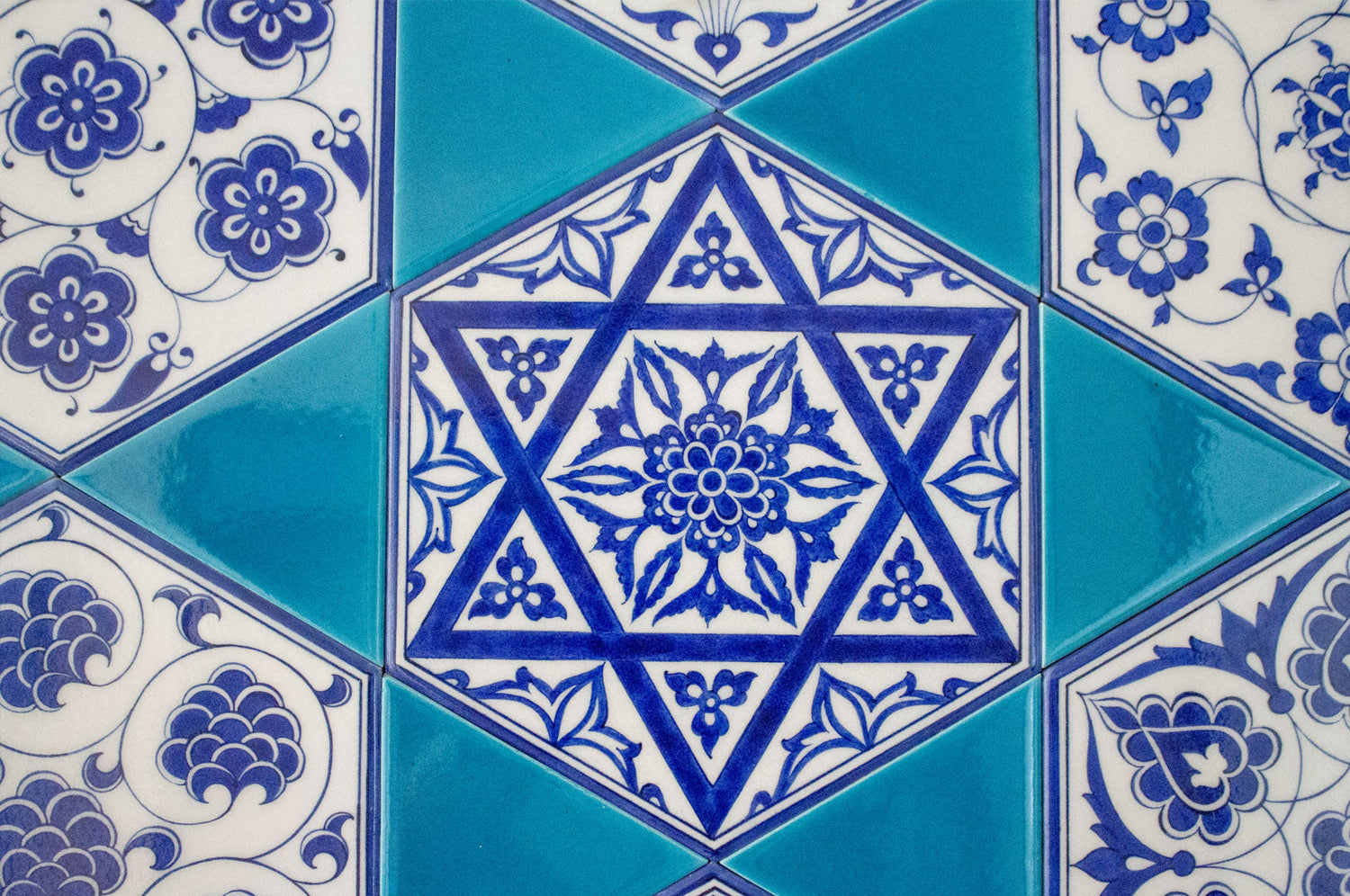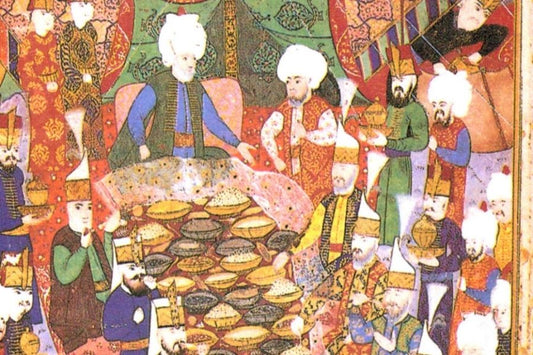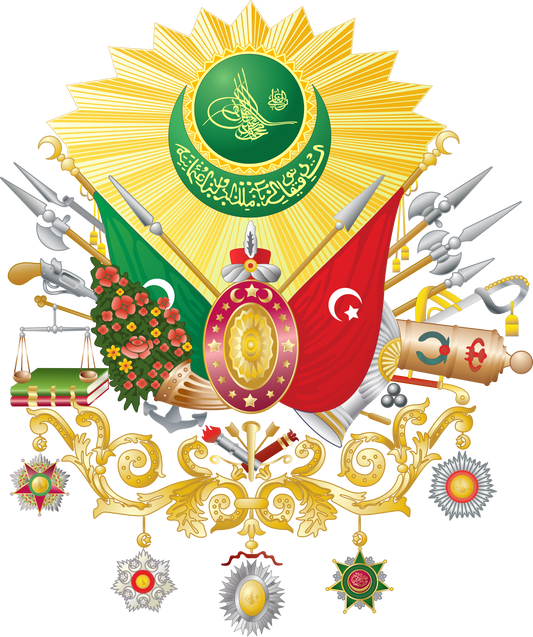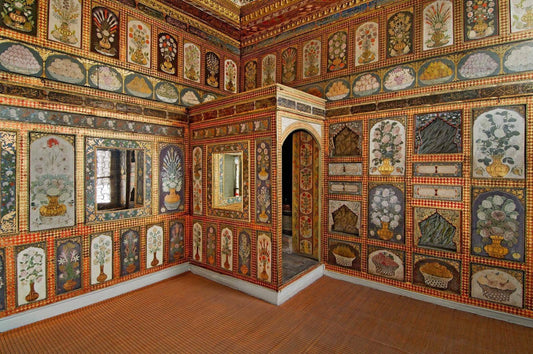The Seal of Solomon, with its six-pointed star motif, is more than just a visual symbol; it possesses deep meaning and a fascinating story. This six-pointed star motif, composed of two interlocking equilateral triangles—one upside down and one straight—is believed to be the symbol destined for Solomon's miraculous ring. According to Jewish and Islamic belief, Solomon ruled over fire, water, wind, and all other creatures through this signet ring. Legend has it that one day a demon stole the ring, seizing power and becoming ruler in Solomon's stead. Banished from his palace, Solomon took up fishing. He regained his throne when he found a ring in the belly of a fish he caught, which the demon had thrown into the sea to prevent it from falling into the hands of others. The proverb "He who has the seal is Solomon" originated from this event. The motif's acceptance as a symbol of power, authority, and sultanate is further evidenced by its appearance on Seljuk, Ilkhanate, and Ottoman coins, as well as on the banner of Barbaros Hayreddin Pasha. Barbaros Hayreddin Pasha's having the Seal of Solomon engraved on his banner stems from the same tradition; it is also believed that he was chosen to be able to control the wind.
The Cultural and Religious Meaning of the Seal of Solomon
The six-pointed star has been given different symbolic meanings in different cultures. The fact that the ability of Solomon is mentioned in the Quran forms the basis for the unwavering adoption of the Seal of Solomon motif in Turkish-Islamic culture and the emergence of the hope of benefiting from this power. It is a decorative element in architecture and a symbol that protects against evil. Its appearance in particular on domes and arch keystones is attributed to the belief that it prevents the devil from entering the location and that it ensures that the arches do not collapse and remain intact. It is used on sultans' caftans as a symbol of power and sultanate; on military equipment and banners for protection from enemies and victory; as a talisman against poisoning; on utensils for abundance and prosperity; on doors and door knockers to protect the household from evil; on clothing and jewelry for the evil eye and happiness; on healing stones believed to cure all ills; on talismanic shirts believed to protect the wearer from illness and dangers; It was used on tombstones to save the soul from the torment of the grave and to bring peace to the soul.
Architectural Use of the Seal of Solomon
The Seal of Solomon has become a prominent motif in architectural decoration. This motif is frequently used in religious structures, particularly mosques, madrasas, and mausoleums. This seal pattern is also featured in the blue-and-white tiles of the Muradiye Mosque in Edirne. This mosque is a significant structure from the Ottoman period, and the inclusion of the Seal of Solomon motif on its tiles holds great aesthetic and symbolic significance. This motif enhances the elegance of the building and provides spiritual protection for the space. Furthermore, its use in architecture was chosen to convey the legendary power and protective qualities of Solomon onto the structures.
Products with the Seal of Solomon Motif
For products featuring the Seal of Solomon motif, you can check out the links below:
The Importance of the Seal of Solomon Today
The Seal of Solomon holds great significance, both visually and spiritually. Throughout history, this motif has been considered a symbol of power, authority, and protection. Carrying profound meaning across diverse cultures and religions, it has been incorporated into various objects and architecture, finding a place in people's lives. Attributed to the legendary ring of Solomon, this symbol remains a captivating and inspiring symbol today.




